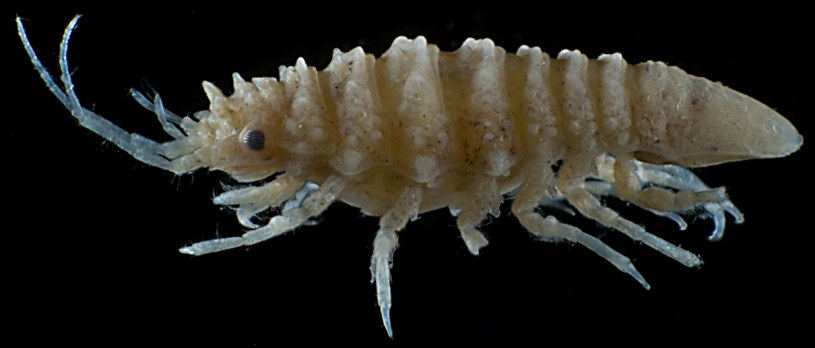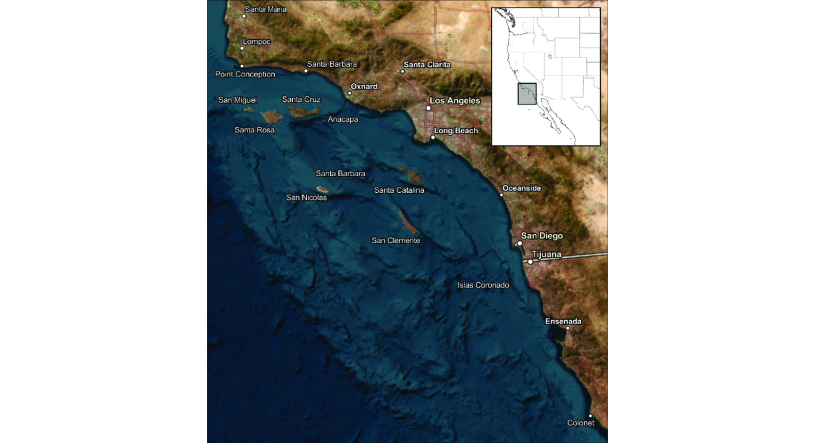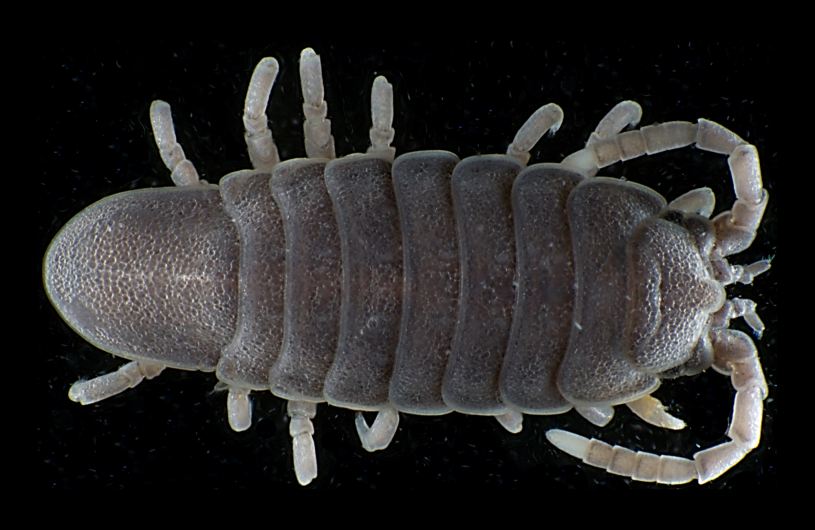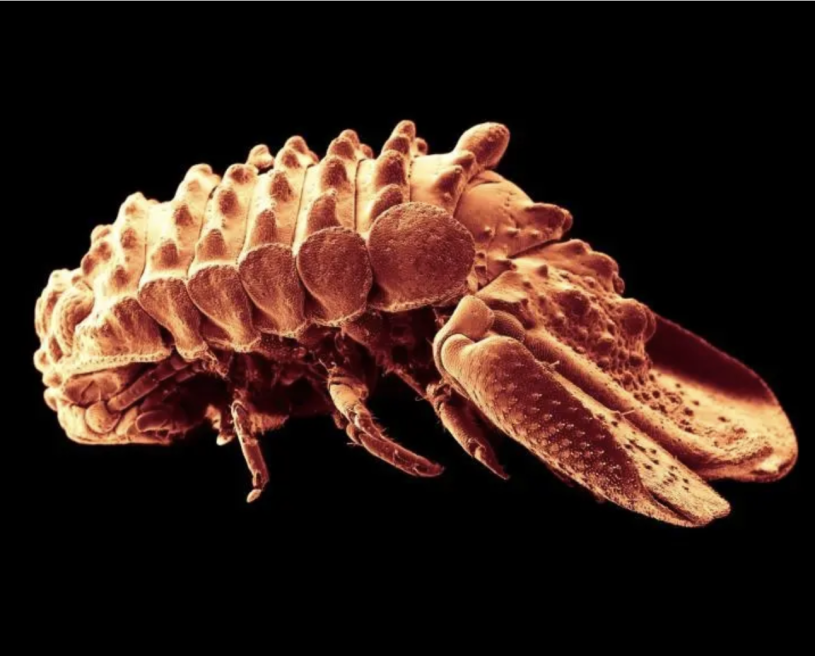Los Angeles, CA (May 16, 2023)—A 167-page summary of knowledge of marine pillbugs local to the Southern California coast was recently published in the open access journal ZooKeys, where it will serve as a critical guide for comprehensive ocean monitoring.
“This publication is the only review and guide that compiles current biodiversity data for this important group of animals in this region,” said Dr. Regina Wetzer, curator and director of the Marine Biodiversity Center at the Natural History Museum of L.A. County (NHM).
NHM researcher and marine pillbug expert, Dr. Wetzer and her colleague, NHM Research Associate Dr. Tim Stebbins, created this extensive review to improve ocean monitoring of the Southern California Bight (SCB), a 430-mile section of coastline running along the west coast of Mexico and the United States. The SCB region is an important ecological and economic resource because of its diverse and productive coastal ecosystems. It is also a region densely populated by humans and therefore is in close proximity to various pollutants, which makes the SCB the focus of some of the largest and most comprehensive ocean monitoring programs in the world.
“A key component of those programs is documenting changes in marine animal communities that live on the seafloor, including pillbug populations,” said Dr. Stebbins.
Pillbugs, also known as isopods, are a group of invertebrates (animals without backbones) related to crabs, shrimp, and lobsters. There are over 10,600 described species of pillbugs worldwide that live in diverse habitats, from rocky mountains, to dry deserts, to the deep sea.
About half of known pillbugs live in the ocean, including the SCB, residing in nearly every kind of marine habitat from rocky shores to sandy beaches, shallow bays, and even deep beneath the surface of the ocean on the seafloor. Marine pillbugs are also found in smaller microhabitats amongst rocks, sponges, and algae. “Until this publication, most information on these species has been scattered amongst a vast scientific literature published over the past 100 years,” Dr. Stebbins said.
This paper is scientists’ best attempt to bring together the morphological, habitat, and distributional data of the 190 known species of marine pillbugs in the SCB. It includes ten keys to help researchers identify the species in this guide. Dr. Stebbins and Dr. Wetzer hope that future versions of this guide will function as a direct entry point to all available data and research relevant to this region’s taxonomy and biogeography.
This review was made possible thanks to the generous support of the Southern California Association of Marine Invertebrate Taxonomists and the Natural History Museum of Los Angeles County.
About the Natural History Museums of Los Angeles County
The Natural History Museums of Los Angeles County (NHMLAC) include the Natural History Museum in Exposition Park, La Brea Tar Pits in Hancock Park, and the William S. Hart Museum in Newhall. They operate under the collective vision to inspire wonder, discovery, and responsibility for our natural and cultural worlds. The museums hold one of the world’s most extensive and valuable collections of natural and cultural history—more than 35 million objects. Using these collections for groundbreaking scientific and historical research, the museums also incorporate them into on- and offsite nature and culture exploration in L.A. neighborhoods, and a slate of community science programs—creating indoor-outdoor visitor experiences that explore the past, present, and future. Visit NHMLAC.ORG for adventure, education, and entertainment opportunities.
Media Contact
Amy Hood
818-469-7223
ahood@nhm.org
Josh Chesler
480-236-8771
jchesler@nhm.org



